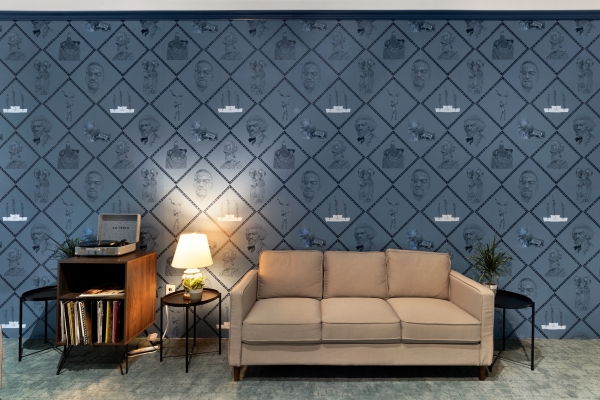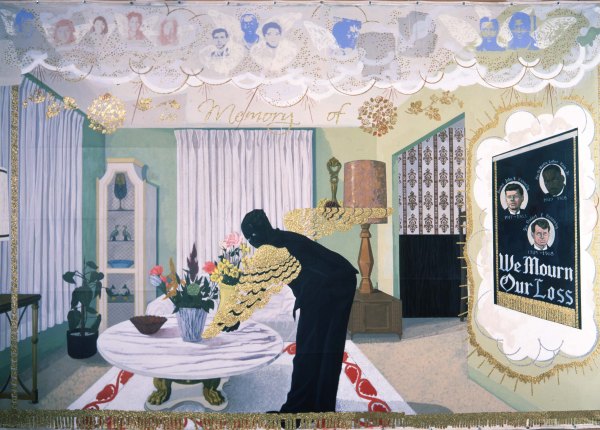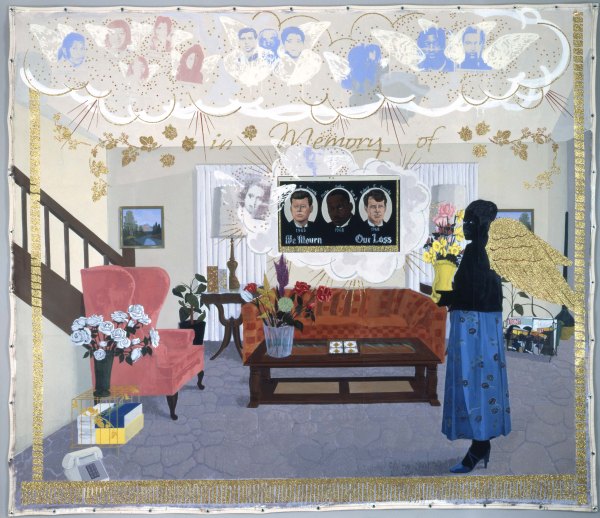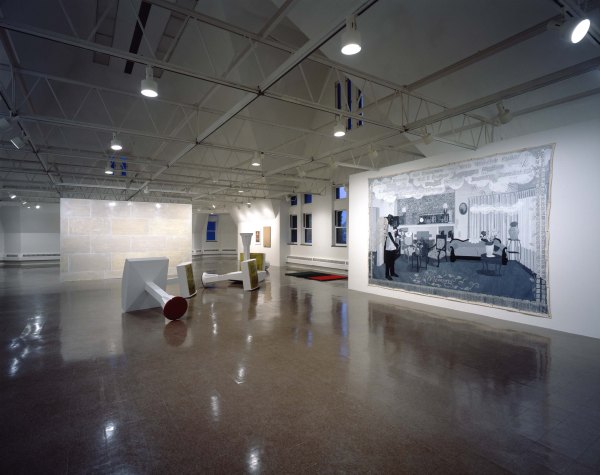Galerie Max Hetzler is pleased to present Wall Works 1983–2023, a solo exhibition of Bridget Riley’s work in Potsdamer Straße 77-87 (Berlin, 9 June – 19 August 2023). This is the artist’s ninth solo exhibition with the gallery and represents the most comprehensive retrospective of her wall paintings to date. Thirteen compositions, half of which are loaned by international public collections and four of which are new, offer an overview of this important body of work.
Julia Voss??
‘Those entering the exhibition rooms of Galerie Max Hetzler will have the opportunity to fully immerse themselves in the world of the British painter Bridget Riley (b. 1931). Thirteen large-format paintings stretch across the walls, spread over two floors. Together, the works form a serene school of vision. For Riley, the act of seeing is not a given. On the contrary, viewing, observing, looking, and focusing are actions which are often misunderstood by their performers. According to the artist, the challenge of modern art is “learning to paint once more and to reinvent painting for oneself.” Her point of departure lies in the many ways in which the world appears to us, and the question of how one might translate seeing into painting. Riley considers so-called “realism” to be a misunderstanding. In a 1998 conversation, she sums up the misconception of what we consider as painted reality, noting: “people would be very shocked indeed if the world itself was as dead in its appearance as they seem to expect a painting to be.”
So, how do we see? The presented murals are composed of elements of visible phenomena – the toolbox of appearances. Colour. Shape. Light. Darkness. Outline. Form. Support. Yet, the impression that these minimalist forms go hand in hand with a simple visual experience is deceptive. Perception plays tricks on us. Dancing to the Music of Time, for instance, is the title of a work created for the National Gallery of Australia, Canberra, in 2022. Here, what appears to be a collection of disparate dots suddenly begins to move as the viewer’s gaze sweeps across the surface. The eye, Riley notes, is “surprised by flashes of light.” Similarly, in Composition with Circles 5 from 2005, our sense of sight falters as the circles begin to oscillate. There is no primary or secondary narrative; our lenses try in vain to focus.
In her paintings, Riley takes up a tradition that reaches far back into art history. In the 19th century, no movement was more concerned with the phenomenon of perception than Impressionism, as demonstrated by the French painter Georges Seurat, in whose works cities and their inhabitants dissolve into trembling dots which could disperse at any moment, like flocks of birds. In the same period, the tricks played on us by light and shadow prompted the German physicist and physiologist Hermann von Helmholtz to quip that the human eye is “a badly crafted instrument” which he would feel “fully justified in returning”, if sold to him by an optician. Afterimages, false colours, flashes of light – Helmholtz’s list of grievances was long. Riley, however, turns this assessment on its head, presenting these supposed weaknesses as strengths. The idiosyncrasies of the eye form the basis for the pleasure of seeing. They are not flaws at all, but rather provide the abundance from which art can draw.
This diversity is a constant theme in Riley’s work; in Intervals Wall Painting, 2021, simple chords of colour in three varying tones prompt optical surprises; in Rajasthan, 2012, the eye searches in vain for the boundary where the painting ends and the wall begins; in Cosmos, 2017, the dots seem to float above the wall like a constellation of stars in space, alternating between proximity and distance.
Installation views. Angel, 2022.














